INTRODUCTION:
Refractive errors are the most common type of vision problem. But many don’t know that they could be seeing better. That’s why eye exams are so important.
If you have a refractive error, your eye doctor can prescribe eyeglasses or contact lenses to help you see clearly.
Nearsightedness (Myopia):

Nearsightedness is a refractive error that makes far-away objects look blurry. It happens when the shape of the eye makes light focus in front of the retina (a light sensitive layer of tissue in the back of your eye), instead of on it.
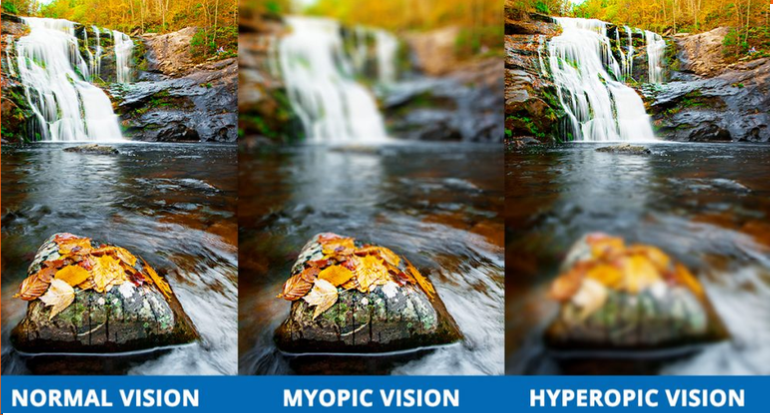
Farsightedness (Hyperopia):
Farsightedness is a refractive error that makes nearby objects look blurry. It happens when the shape of the eye makes light focus behind the retina (a light sensitive layer of tissue at the back of your eye), instead of on it.
Astigmatism:
1.jpg)
Astigmatism is a common eye problem that can make your vision blurry or distorted. It happens when your cornea (the clear front layer of your eye) or lens (an inner part of your eye that helps the eye focus) has a different shape than normal.
The only way to find out if you have astigmatism is to get an eye exam. Eyeglasses or contact lenses can help you see better — and some people can get surgery to fix their astigmatism.
Symptoms:
.jpg)

- • Double vision
- • Hazy vision
- • Seeing a glare or halo around bright lights
- • Squinting
- • Headaches
- • Eye strain (when your eyes feel tired or sore)
- • Trouble focusing when reading or looking at a computer.
risk:
• Anyone can have refractive errors, but you’re at higher risk if you have family members who wear glasses or contact lenses.
• Most types of refractive errors, like nearsightedness, usually start in childhood. Presbyopia is common in adults ages 40 and older.
• Talk with your doctor about your risk for refractive errors, and ask how often you need to get checked.
Treatment : -

• Glasses
• Contact lenses
• Surgery
Glasses:
Eyeglasses are the simplest and safest way to correct refractive errors. Your eye doctor will prescribe the right eyeglass lenses to give you the clearest possible vision.
Eyeglass Lens Coatings:-
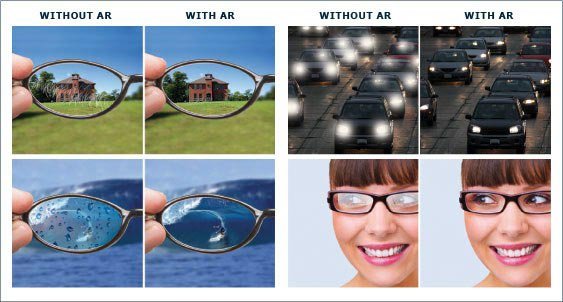
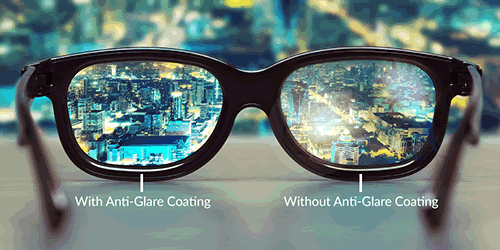
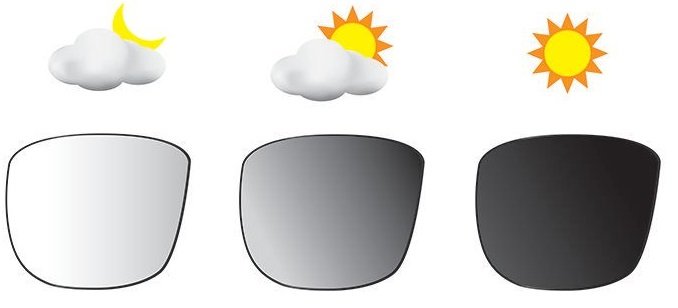

• Anti-reflective coatings (AR).
• Scratch - Anti-coatings.
• UV coatings.
• Photochromic nature.
• Anti-frost coatings.
• Tinted lenses.
• Mirror coatings.
Types of eyeglasses :
Reading glasses :
Reading glasses can help people with presbyopia read or see things up close. You can buy reading glasses at drug stores and convenience stores. Even though you can get reading glasses without a prescription, it’s important to get regular eye exams to make sure you’re seeing as clearly as possible.
Single vision prescription lenses :
Single vision prescription lenses correct near vision or distance vision, but not both. If you have nearsightedness, single vision lenses can help you see things far away. If you have farsightedness, they can help you see things up close.
Multifocal prescription lenses:
Multifocal prescription lenses correct both near and distance vision. They can help people who have trouble seeing things up close and far away. For example, people who have both presbyopia and nearsightedness can use multifocal lenses for reading and driving.
Contact lens:
Types of Contact Lenses: -
1.Soft or hard:
Soft contact lens:
Soft contact lenses are much more common than hard lenses. Because they’re soft and flexible, they can be more comfortable and easier to get used to.
Hard contact lenses
Hard contact lenses can make your vision crisper than soft lenses, and they’re less likely to tear. But they may take longer to get used to, and they can be harder to clean and take care of than soft lenses.
2. Daily wear or extended wear:
Daily wear:
You keep daily wear contact lenses in all day and take them out at night. You need to clean and disinfect daily lenses every night. It’s not safe to sleep in daily lenses — it can put you at risk for serious eye infections.
Extended wear contact lenses: -
You can leave extended wear contact lenses in overnight. Depending on the brand, you can wear them for as long as 30 days and nights before taking them out. Extended wear lenses can be convenient — but they may also make it more likely that you’ll get a serious eye infection.
3. Single use or reusable :
single-use contact lenses :
You wear single-use contact lenses for one day, then throw them away at night. The next day, you put in a brand new pair. You don’t need to clean or disinfect single-use lenses.
reusable contact lenses:
You take reusable contact lenses out at night, clean them, and wear them again the next day. Depending on the brand, you’ll need to replace them with a new pair after 7 to 30 days.
What is LASIK:
LASIK uses a laser (a strong beam of light) to change the shape of the cornea and help make vision clearer. It works best for adults with nearsightedness, farsightedness, or astigmatism. It can’t fix presbyopia. For LASIK to work correctly, your vision needs to be stable (meaning your eyeglass or contact lens prescription stays the same over time).
What happens during LASIK surgery?
During an eye exam before the surgery, your eye doctor will use a scanner to make a detailed image of your cornea. This image will guide the laser during surgery.
Just before surgery, your doctor will put drops in your eye to make it numb. They may also give you a medicine to help you relax.
During the surgery, your doctor will cut a small flap in your cornea and fold it back. Then they’ll shine a laser into your eye. The laser will be programmed to change your cornea into the correct shape. Then they’ll put the corneal flap back in place.
LASIK
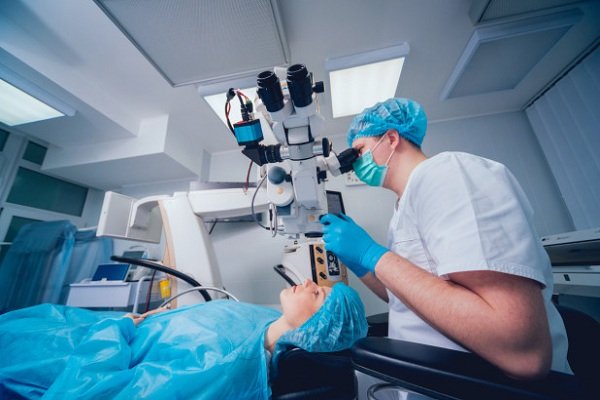
A microsurgical instrument called a trephine is used to create a flap of epithelial corneal tissue, and an alcohol solution is used to loosen the epithelial cells. Once the epithelial flap is created and moved aside, the procedure is the same as PRK. After corneal sculpting, the epithelial flap is repositioned and smoothed with a small spatula, then secured with a "bandage" soft contact lens to promote epithelial healing, which takes about four days.
EpiLasik :
A special microkeratome, the Epi-keratome, is used to precisely separate a very thin sheet of epithelial tissue from the cornea. This thin sheet is lifted to the side and the cornea is treated as with PRK. Then the thin sheet may be moved back into place to re-adhere to the cornea or removed. A "bandage" soft contact lens is applied and used for about four days to help the epithelial layer heal.
Qualifying features are required to do LASIK:
• LASIK therapy can be used by those with more eyesight, thinner and flatter iris systems.
• You must be over 20 years of age.
• The power of your glasses should not have changed significantly in the last one year.
• Should not be affected by retinal detachment, tear pressure or cataract.
LASIK Benefits: -
After LASIK, most people see well enough to stop wearing their eyeglasses or contact lenses for most of their daily activities. Since everyone gets presbyopia as they age, and LASIK can’t fix presbyopia, most people will still need single vision glasses or contact lenses at some point.
After treatment: -
- 20 days rest required.
- The computer can be used after 3 days.
- Let's watch TV and read.
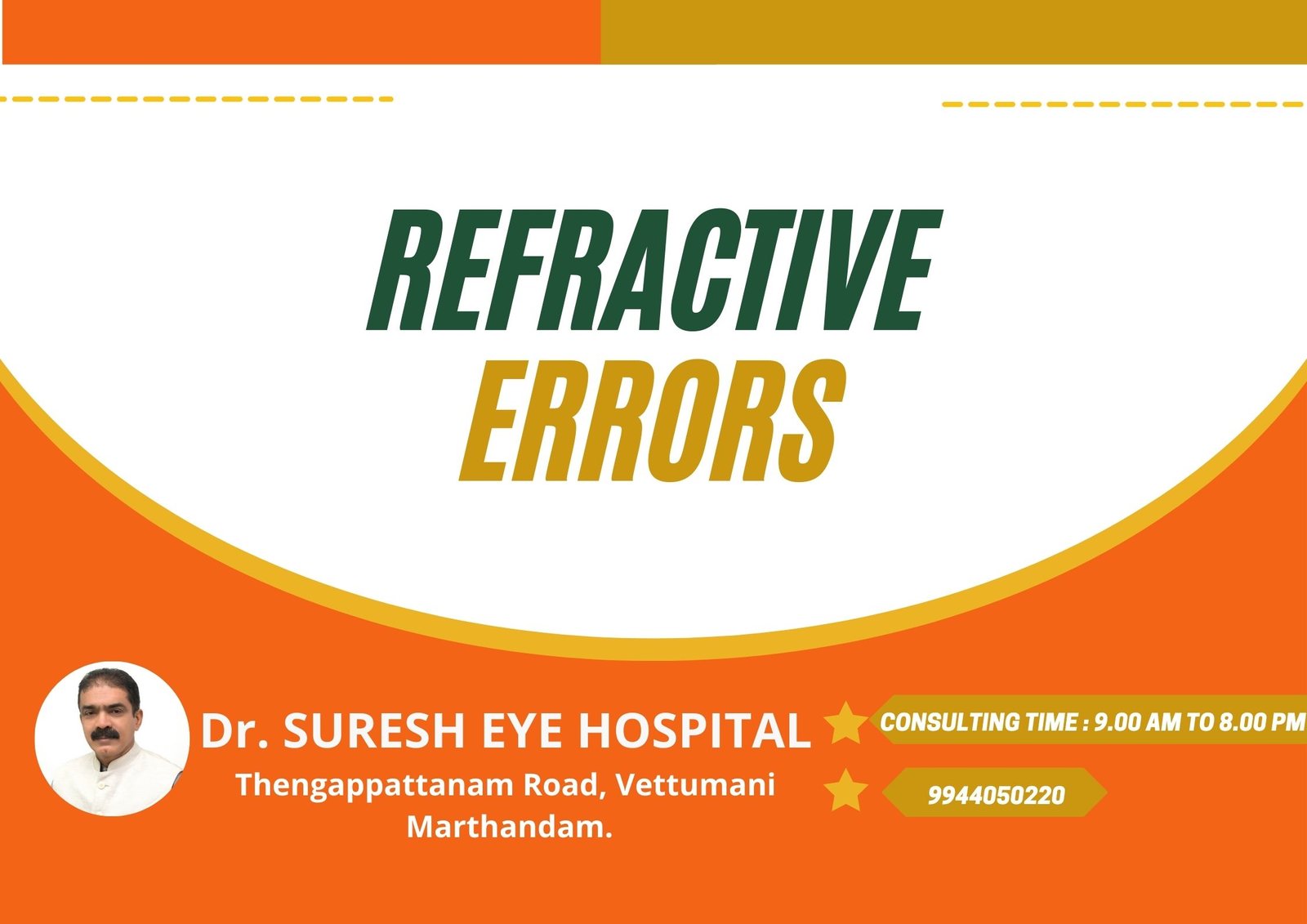


1.jpg)
.jpg)











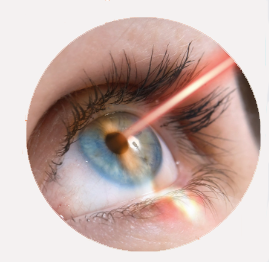

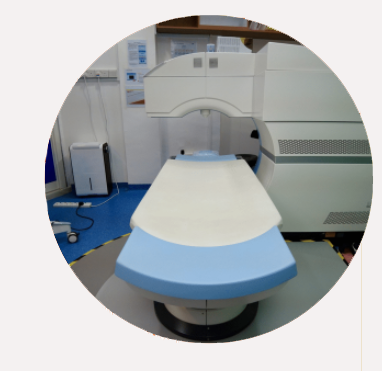


2.jpg)
Comments